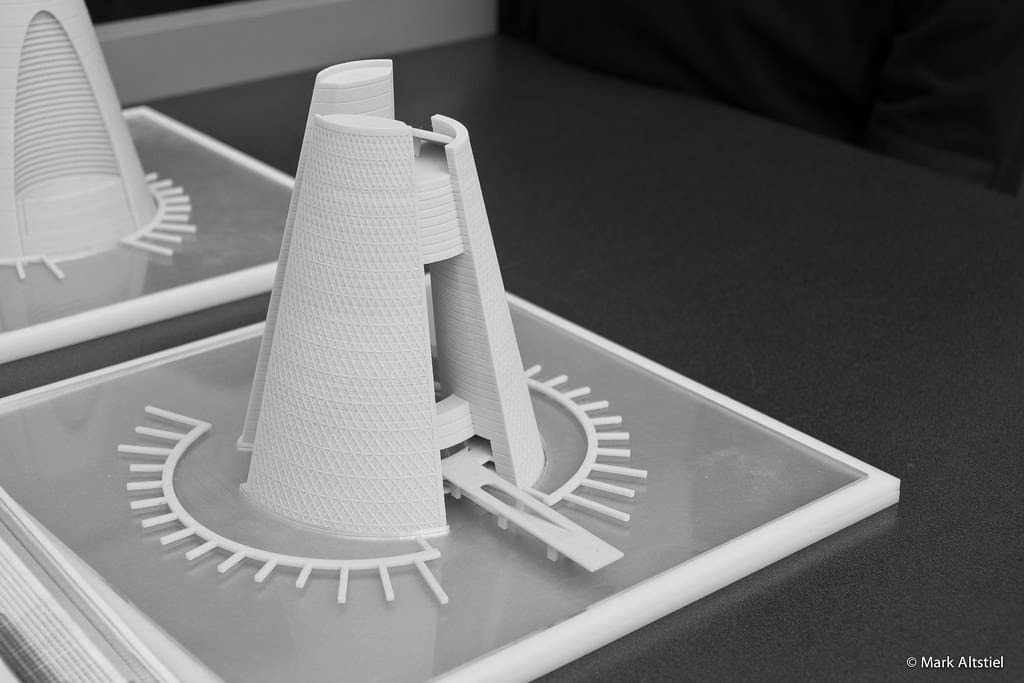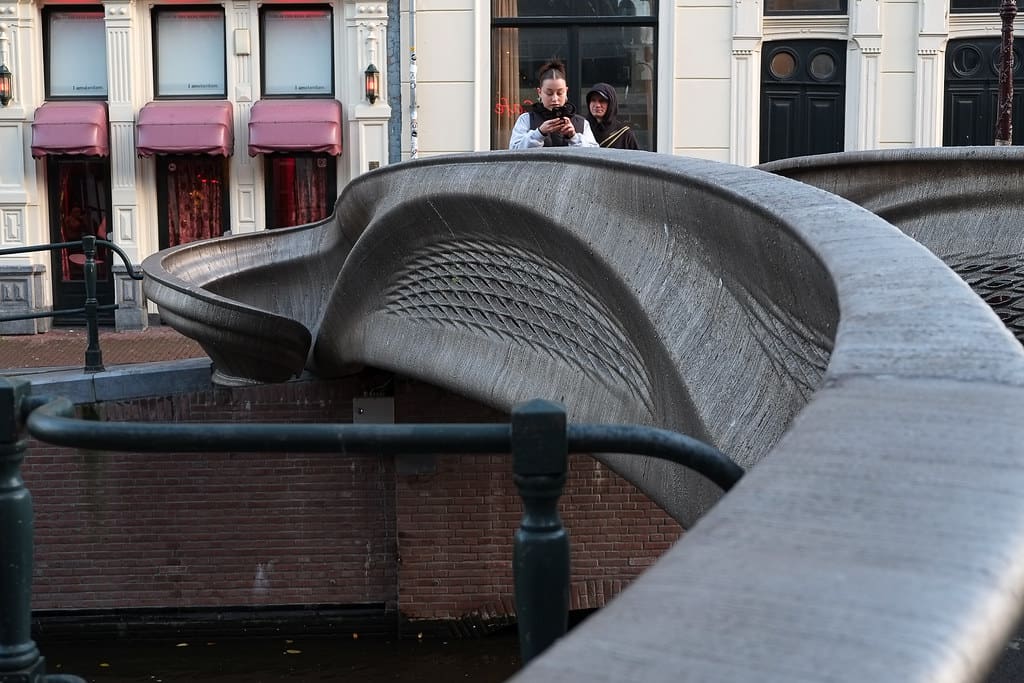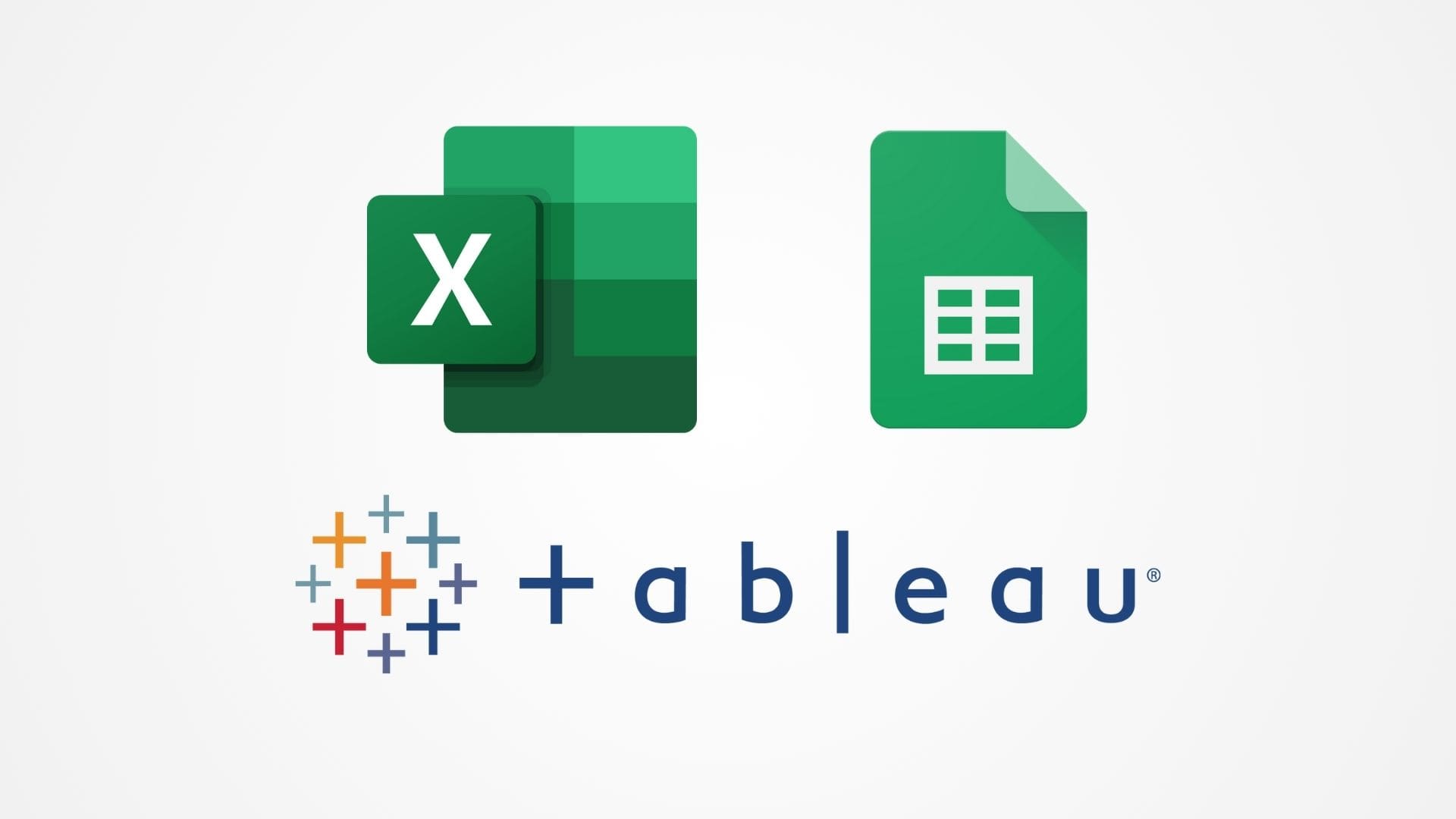Urban design focuses on shaping the physical features of cities, towns, and villages to improve the functionality, sustainability, and aesthetics of public spaces. The introduction of 3D printing, or additive manufacturing, into urban design is a groundbreaking development, offering new possibilities for constructing urban elements and infrastructure quickly, efficiently, and sustainably. This technology allows urban designers and planners to experiment with complex forms and innovative materials, providing customized solutions that can adapt to the unique challenges and opportunities of urban environments.
The Emergence of 3D Printing in Urban Design
Initially utilized for small-scale models and prototypes, 3D printing has expanded its scope to include large structural applications and detailed urban features. Today, it is possible to print everything from park benches and lighting fixtures to bridges and roads. As 3D printing technology continues to advance, it is increasingly recognized as a viable tool for enhancing urban spaces, with potential impacts on housing, transportation infrastructure, and public spaces.

Advantages of 3D Printing in Urban Design
Innovative Design Flexibility: 3D printing allows for the creation of unique, complex urban forms that can be customized to fit specific spatial or functional needs. This flexibility facilitates the design of dynamic spaces that can encourage social interaction, improve accessibility, and enhance the aesthetic quality of urban environments.
Speed and Efficiency: Urban features can be designed and manufactured quickly and installed with minimal disruption to the surrounding area. This rapid production can significantly accelerate urban development projects and reduce costs associated with labor and materials.
Sustainability: Additive manufacturing minimizes waste by using only the necessary materials required for each component. Furthermore, 3D printing can utilize recycled materials, contributing to a circular economy and reducing the environmental impact of urban construction.
Cost Reduction: By decreasing the need for traditional construction methods and materials, 3D printing can lower the cost of developing and maintaining urban infrastructure. This cost-efficiency makes it easier to implement innovative designs even with tight municipal budgets.
Resilience and Adaptation: 3D printing technologies enable the production of structures designed to withstand environmental stresses, such as flooding or earthquakes, making cities more resilient. Additionally, urban elements can be designed to adapt to changing conditions or needs over time.
Key Applications of 3D Printing in Urban Design
Public Infrastructure: Bridges, roads, and tunnels can be printed with designs that are optimized for strength and durability, incorporating features that traditional construction methods cannot achieve.
Public Art and Furniture: 3D printing is used to create unique pieces of public art and functional street furniture that reflect local culture and community values. These installations can enhance the visual appeal of public spaces and improve the quality of urban life.
Environmental Integration: Urban design elements such as green roofs, walls, and water management systems can be printed to help integrate natural features into urban settings, promoting biodiversity and environmental sustainability.
Transportation Solutions: Components for public transit systems, including bus stops and light rail stations, can be custom-designed and printed to improve usability and accessibility.
Housing: 3D printing offers solutions for affordable housing by reducing construction costs and time. Printed homes can be designed to optimize space and energy efficiency, addressing urban density and housing shortage issues.

Challenges in 3D Printing for Urban Design
Material Limitations: Finding materials that are durable enough for long-term outdoor use and can withstand various urban environmental conditions is a significant challenge.
Scale and Technical Constraints: Scaling 3D printing to large urban projects requires advances in printer technology and the logistical management of printing at multiple sites or on a larger scale.
Regulatory and Legal Hurdles: Integrating 3D printed structures into urban landscapes involves navigating complex zoning laws and building codes that may not currently accommodate or recognize additive manufacturing techniques.
Public Perception and Acceptance: Gaining public and stakeholder buy-in for 3D printed urban elements can be challenging, especially concerning their durability, safety, and aesthetic integration into existing urban landscapes.
Future Directions in 3D Printing for Urban Design
The future of 3D printing in urban design looks promising, with continuous improvements expected in printer technology, material science, and design methodologies. Innovations could lead to more widespread adoption of 3D printing in urban settings, offering even greater flexibility, sustainability, and efficiency in urban development.
3D printing is set to transform the field of urban design, enabling the creation of innovative and sustainable urban spaces. As the technology continues to develop, it promises to enhance the functionality and aesthetics of cities, making urban environments more livable, resilient, and adaptable to the needs of their communities. With ongoing advancements and broader integration, 3D printing will increasingly become a vital tool in shaping the future of urban landscapes.








